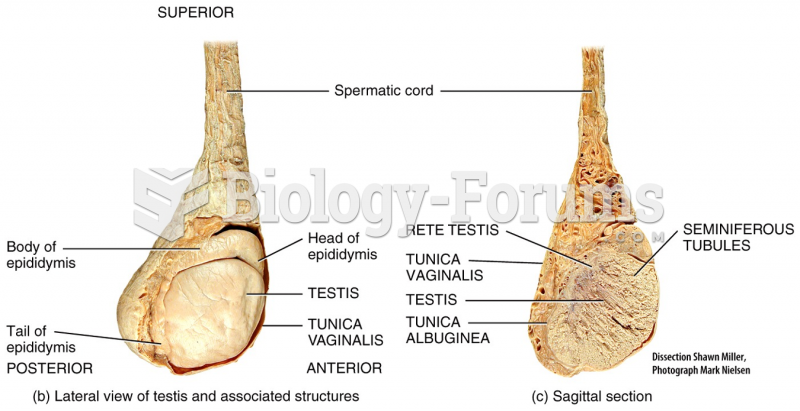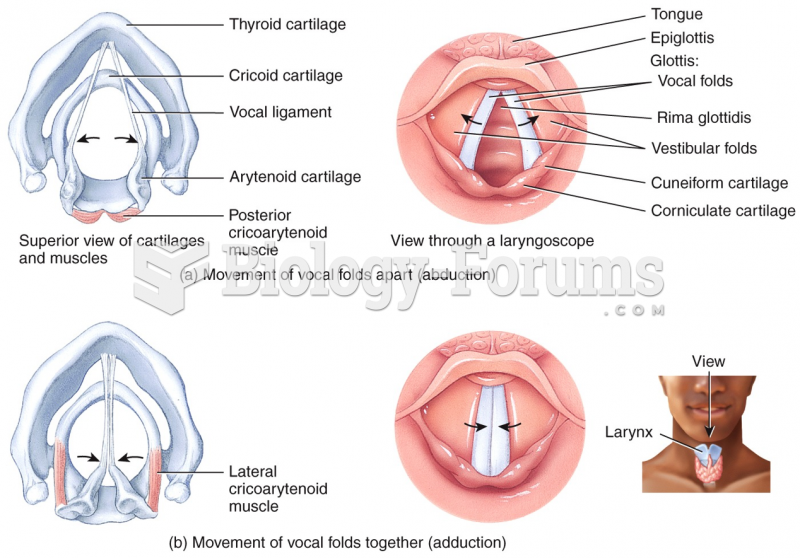Answer to Question 1
Responses should consider:
The penis
- It's the primary male sexual organ.
- It has two jobs: to ejaculate semen and to transport urine from the inside of the body to the outside.
- It consists of the penile shaft, the foreskin (in uncircumcised men), the penile glans, the corona, the frenulum, and the urethral opening.
The scrotum
- It's a pouch of two layers of skin that hangs below and behind the penis.
- Its function is to house and protect the testicles and to help provide them with optimal conditions to produce sperm cells.
- It's divided into two sacs, one for each testicle.
The testicles
- Also called testes.
- The testicles float freely, one in each sac within the scrotum.
- Testicles are glands, referred to as gonads, which produce cells for reproduction.
- The primary function of the testicles is to manufacture sperm cells and secrete the male sex hormone, testosterone.
The anus
- The anus and the area around it contain nerve endings that are sensitive to stimulation and are considered by some men to be part of their sexual anatomy.
- The anal area and the walls of the rectum consist of delicate tissues that can be easily damaged during sexual activity.
- Such damage can create an easy route of transmission for blood-borne sexually-transmitted infections.
- Bacteria that exist normally and harmlessly in the anal area and rectum may cause infections if they are transferred to other parts of the anatomy.
Answer to Question 2
Responses should consider:
1. Know what is normal for you. Women should become familiar with their breasts so that if something changes in the appearance or feel, it will be easier to detect.
2. Look and feel. Some women are hesitant to touch their bodies or to look at themselves, especially at their sexual areas. When showering, bathing, or dressing, women should take the opportunity to feel and look at their breasts closely so they can learn how breast tissue changes normally during their normal hormonal cycle and be better able to spot changes if they occur.
3. Become aware of breast changes that may signal a problem. These include: a new, clearly-defined lump that has not been there all along; an unusual change in the outline, shape, or size of a breast; lumps, bumps, or swelling in one breast but not in the other that do not go away; unusual pain or discomfort that is focused in one part of a breast; nipple discharge, particularly if it is watery or bloody and is from only one breast; a nipple that has begun to pucker or retract inward.
4. Report any such changes immediately to your health care professional. Odds are that whatever change you detect is not cancer, but if it is, you'll be in the best possible position to treat it early and recover completely.







